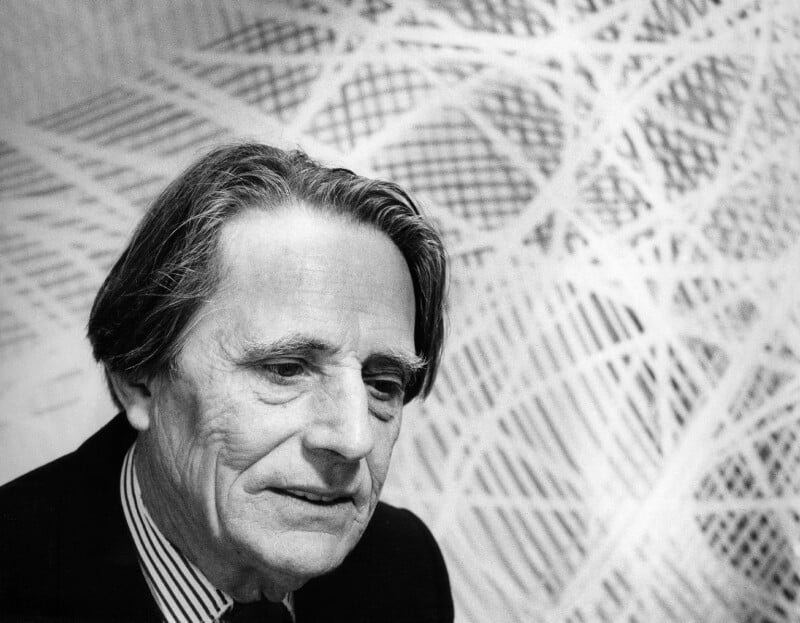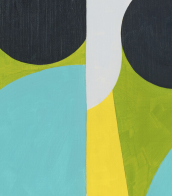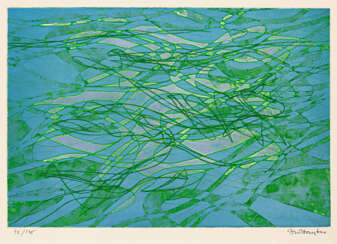Stanley William Hayter (1901 - 1988) — Auction price

Stanley William Hayter was a British painter, graphic artist and art theorist.
Hayter graduated from King's College, London, having studied chemistry and geology, and began working in the laboratory of Samuel Smiles on organic sulfur compounds. After receiving a contract from the Anglo-Iranian Oil Company, he worked in Iran, and in his spare time he painted portraits of friends, landscapes, views of oil developments, ships... In 1926 he enrolled at the Académie Julian, and in addition to painting, he took up etching. In 1927 Hayter founded the legendary Atelier 17 studio in Paris, which was visited by all the famous contemporary artists.
In 1940 Hayter and his sculptor wife moved to the United States, where he moved his studio. Hayter's painting during these years shifted from Surrealism to a style increasingly dominated by automatism and linear structure. Pensive, black lines dominate many of the works, and mythological themes play an increasing role. Hayter played a leading role in the formation of the art that came to be known as Abstract Expressionism.
In 1950, the artist returned to Paris, where at his Atelier 17 he taught painting and drawing, developed new gravure color printing techniques, and published books on the theory of graphics and printmaking.


Stanley William Hayter was a British painter, graphic artist and art theorist.
Hayter graduated from King's College, London, having studied chemistry and geology, and began working in the laboratory of Samuel Smiles on organic sulfur compounds. After receiving a contract from the Anglo-Iranian Oil Company, he worked in Iran, and in his spare time he painted portraits of friends, landscapes, views of oil developments, ships... In 1926 he enrolled at the Académie Julian, and in addition to painting, he took up etching. In 1927 Hayter founded the legendary Atelier 17 studio in Paris, which was visited by all the famous contemporary artists.
In 1940 Hayter and his sculptor wife moved to the United States, where he moved his studio. Hayter's painting during these years shifted from Surrealism to a style increasingly dominated by automatism and linear structure. Pensive, black lines dominate many of the works, and mythological themes play an increasing role. Hayter played a leading role in the formation of the art that came to be known as Abstract Expressionism.
In 1950, the artist returned to Paris, where at his Atelier 17 he taught painting and drawing, developed new gravure color printing techniques, and published books on the theory of graphics and printmaking.




